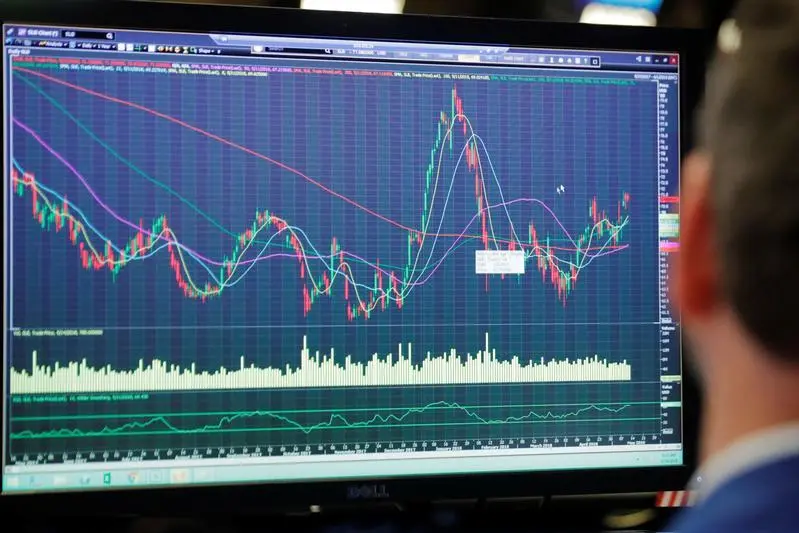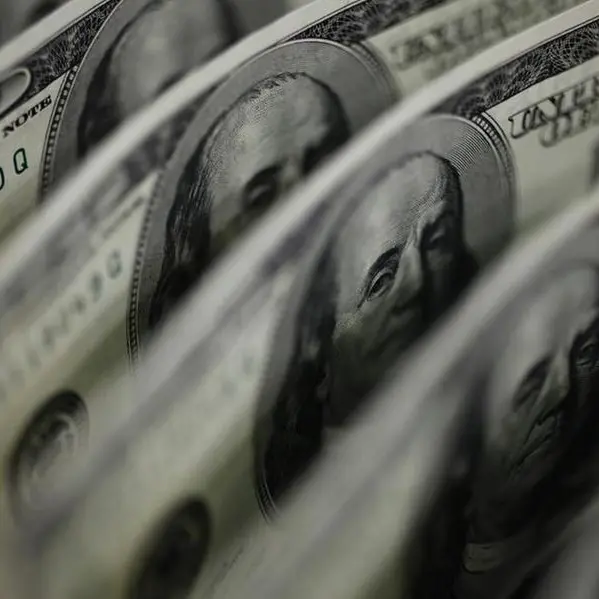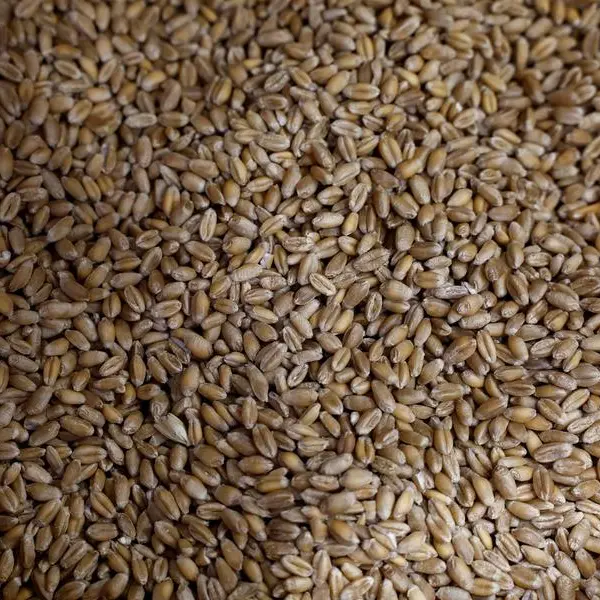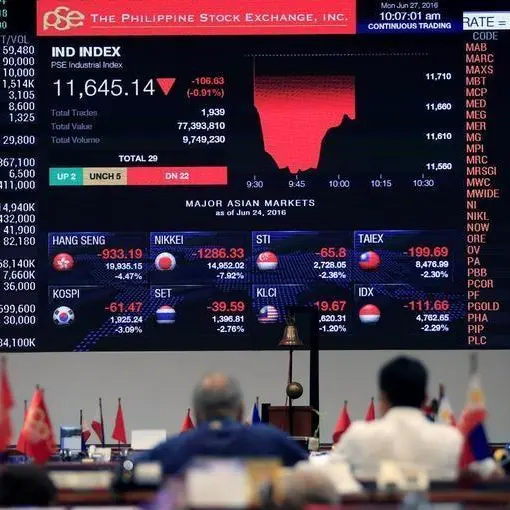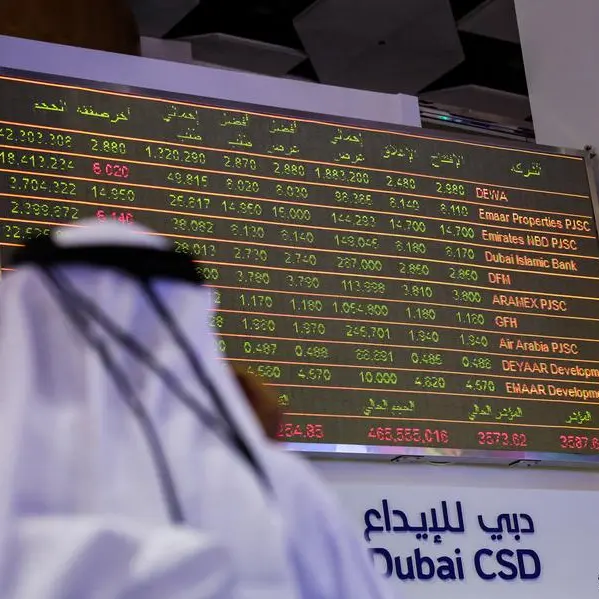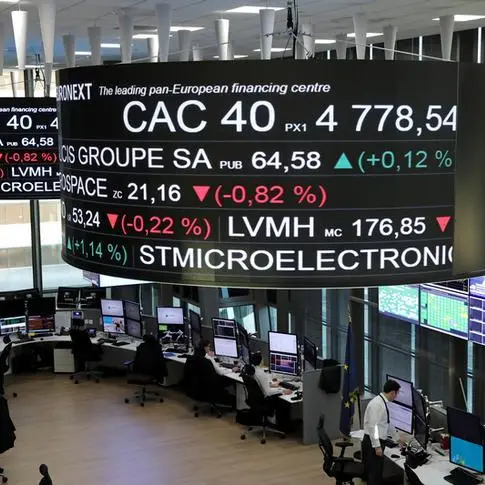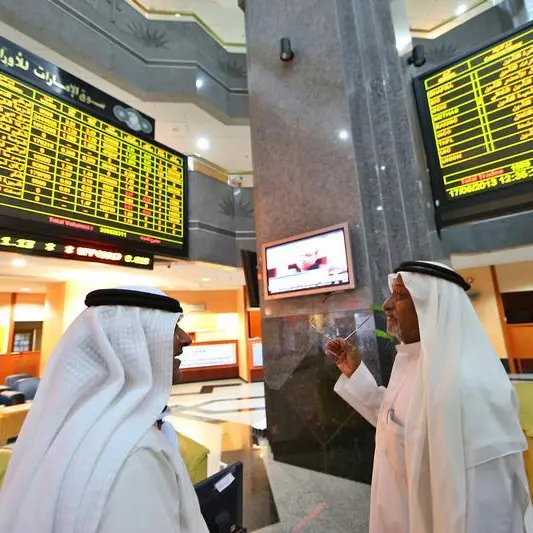PHOTO
LONDON- A heavy emerging markets sell-off last month saw foreigners dump a combined $12.3 billion of bonds and stocks, Institute of International Finance figures showed on Tuesday.
Outflows were evenly split between debt and equities while regionally the biggest moves were $8 billion out of Asia and $4.7 billion from Africa and the Middle East combined, it said.
There was selling at the end of April too, making this the second longest sell-off for emerging markets on the IIF's records. The longest followed the election of U.S. President Donald Trump in November 2016.
"No single driver of outflows from EM assets stands out," the IIF's analysts said in their report.
"A combination of factors appears to be at work: idiosyncratic domestic strains such as funding pressures in Argentina and Turkey or the truckers’ strike in Brazil, renewed U.S. tariff threats and retaliatory actions; and political uncertainty in Italy and Spain."
Against a backdrop of higher global borrowing costs and a stronger dollar, there is also evidence that the downturn in sentiment is affecting a greater range of EM countries.
Year-to-date portfolio flows are still positive at some $46 billion but this represents a sharp slowdown from the $134 billion registered during the same period of 2017.
An IIF index, which scores the number of emerging economies where foreigners are selling assets compared to buying them, is also now lower both than after Trump's election and 2013 when they were spooked by signs the U.S. Federal Reserve planned to scale back stimulus.
The only points that the index is now higher than are after the peak of the financial crisis and following China's surprise devaluation in 2015.
But a broader measure of foreign investor sentiment, which includes capital investment in property, factories or other assets, is more encouraging for emerging markets investors.
This kind of data comes with a longer time lag but the IIF estimated net capital flows into emerging markets of $32 billion in April, well above 2017 average inflows of $7 billion a month.
It also brings net capital inflows to $110 billion for the first four months of 2018, versus $37 billion during the same period in 2017.
Net flows to Turkey were $10 billion in April and at roughly $8 billion, net flows to Mexico were at their highest since January 2015.
Flows to Brazil were muted, while those to Argentina and India both turned negative for the first time since May 2017 and February 2016, respectively.
The IIF also estimated that a 10 percent appreciation in the trade-weighted value of the U.S. dollar would slash annual net capital inflows to emerging markets by some $95 billion.
"Much will depend on how the global trade landscape evolves," the IIF's analysts said.
(Reporting by Marc Jones; editing by John Stonestreet and Alexander Smith) ((marc.jones@thomsonreuters.com; +44 (0)207 542 9033; Reuters Messaging: marc.jones.thomsonreuters.com@reuters.net Twitter @marcjonesrtrs))
